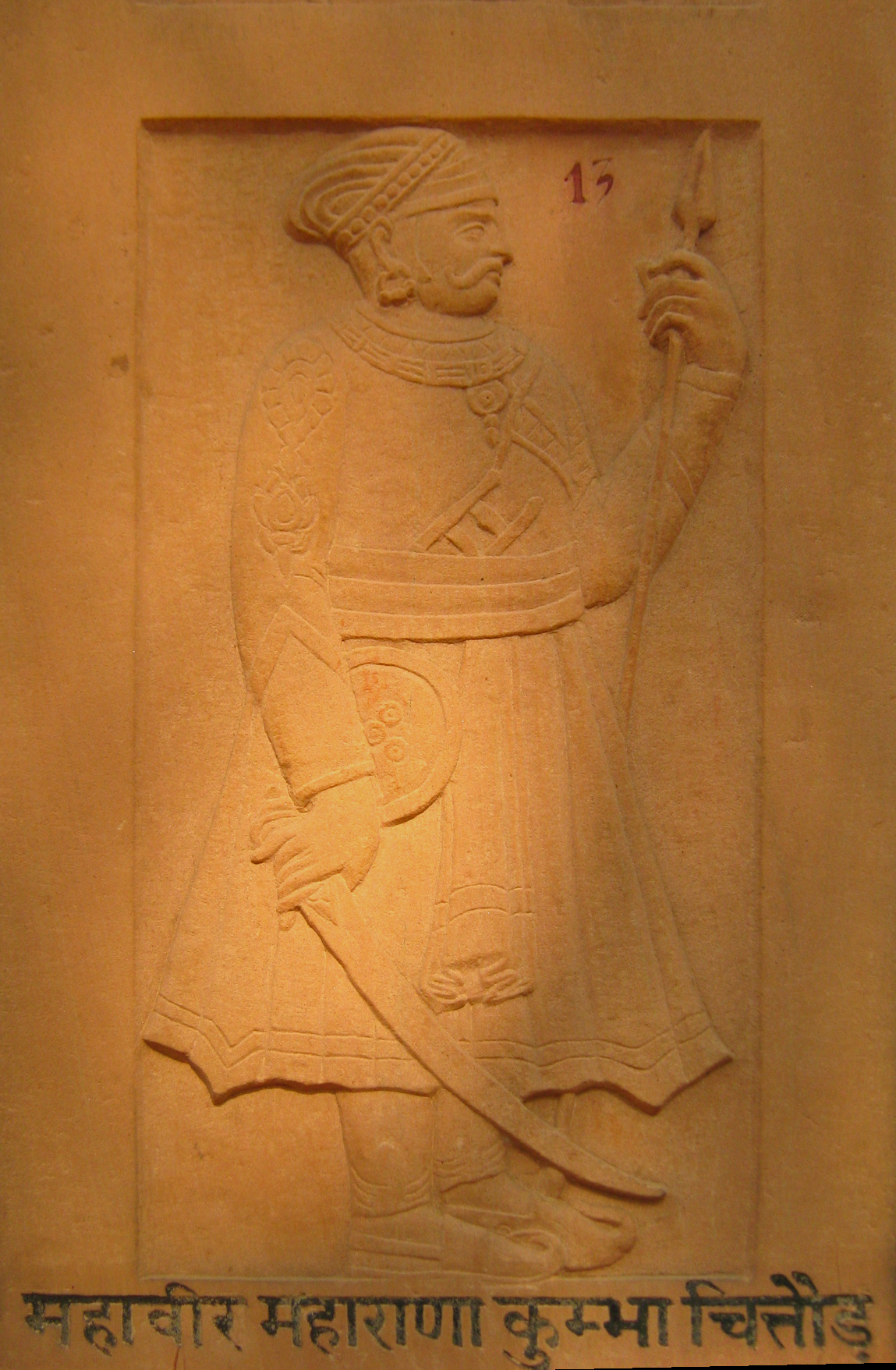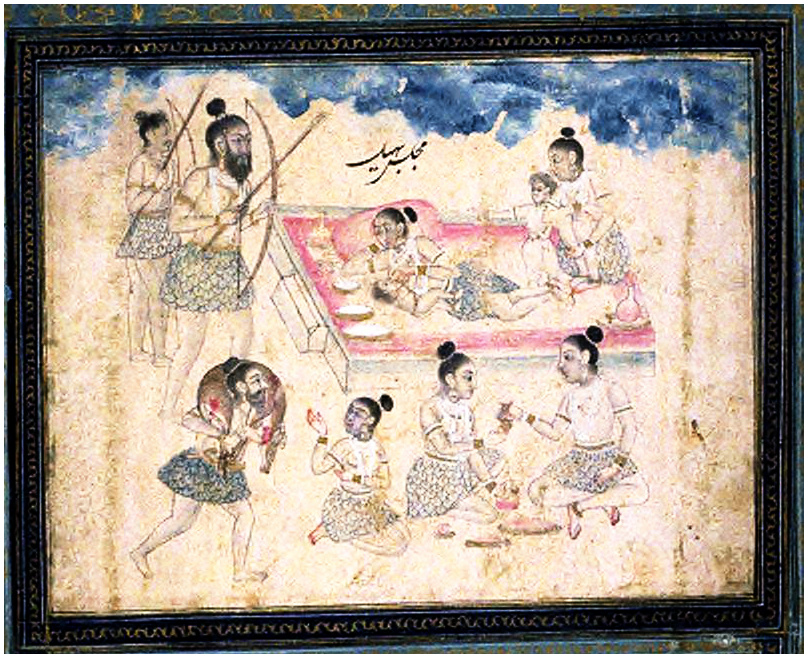|
Dungarpur, Rajasthan
Dungarpur is a city in the southernmost part of Rajasthan, India. It is the administrative headquarters of Dungarpur District. It is the fastest developing town in the southern part of Rajasthan, alongside Aspur ''tehsil''. History Dungarpur is the seat of the elder branch of the Guhilot of Mewar family. The seat of the younger branch is that of the Maharana of Udaipur. The city was founded in 1282 A.D. by Rawal Veer Singh, who was the eldest son of the ruler of Mewar, Karan Singh.Dungarpur, History and Genealogy ''''. They are descendants of |
States And Territories Of India
India is a federal union comprising 28 states and 8 union territories, with a total of 36 entities. The states and union territories are further subdivided into districts and smaller administrative divisions. History Pre-independence The Indian subcontinent has been ruled by many different ethnic groups throughout its history, each instituting their own policies of administrative division in the region. The British Raj mostly retained the administrative structure of the preceding Mughal Empire. India was divided into provinces (also called Presidencies), directly governed by the British, and princely states, which were nominally controlled by a local prince or raja loyal to the British Empire, which held ''de facto'' sovereignty ( suzerainty) over the princely states. 1947–1950 Between 1947 and 1950 the territories of the princely states were politically integrated into the Indian union. Most were merged into existing provinces; others were organised into ... [...More Info...] [...Related Items...] OR: [Wikipedia] [Google] [Baidu] |
Bappa Rawal
Bappa Rawal (c. 8th century) was a king of the Mewar kingdom in Rajasthan, India. The bardic chronicles describe him as a member of the Guhila Rajput Clan, and some of them consider him to be the founder of the Guhila dynasty. He is credited with repelling the Arab invasion of India. Different historians have identified him with various rulers of the Guhila dynasty, including Kalabhoja, Shiladitya, and Khumana. Legendary accounts According to the 15th century text ''Ekalinga Mahatmya'' (also called ''Ekalinga Purana''), Bappa was the ninth descendant of the Guhila dynasty's founder Guhadatta. The text credits him with establishing the Mewar Kingdom in 728 CE, and with building the Eklingji temple. The ''Ekalinga Mahatmya'' and other bardic chronicles state that Bappa's father Nagaditya and all other male members of his family were killed in a battle with the Bhils of Idar. He remained in disguise, accompanied by his two loyal Bhil attendants. He was brought up by a Brahm ... [...More Info...] [...Related Items...] OR: [Wikipedia] [Google] [Baidu] |
Mughal Empire
The Mughal Empire was an early-modern empire that controlled much of South Asia between the 16th and 19th centuries. Quote: "Although the first two Timurid emperors and many of their noblemen were recent migrants to the subcontinent, the dynasty and the empire itself became indisputably Indian. The interests and futures of all concerned were in India, not in ancestral homelands in the Middle East or Central Asia. Furthermore, the Mughal empire emerged from the Indian historical experience. It was the end product of a millennium of Muslim conquest, colonization, and state-building in the Indian subcontinent." For some two hundred years, the empire stretched from the outer fringes of the Indus river basin in the west, northern Afghanistan in the northwest, and Kashmir in the north, to the highlands of present-day Assam and Bangladesh in the east, and the uplands of the Deccan Plateau in South India. Quote: "The realm so defined and governed was a vast territory of some , rang ... [...More Info...] [...Related Items...] OR: [Wikipedia] [Google] [Baidu] |
Banswara
Banswara is a city in the Banswara district in southern Rajasthan, India. The name, Banswara, came from "Bans wala" (bamboo) forests, as Bamboo grew in abundance around this place within the area. Banswara is also known as "City of a Hundred Islands", which is often referred to as " Cherrapunji of Rajasthan", because it receives the most rain in Rajasthan, as well as for the numerous islands in the Mahi River, often referred to as "Mahati", an alternate name for Mahi river, in Vayu Purana text, which flows through the city. It is the greenest city in Rajasthan due to the heavy rainfall which it receives. The city has a population of 101,017, of whom 51,585 are male and 49,432 are female. History Banswara ("the bamboo city") was a Rajput feudatory state in Rajputana in British India. It borders Gujarat and was bounded on the north by the princely states of Dungarpur and Udaipur or Mewar; on the northeast and east by Partapgarh; on the south by the dominions of Holkar and ... [...More Info...] [...Related Items...] OR: [Wikipedia] [Google] [Baidu] |
Babur
Babur ( fa, , lit= tiger, translit= Bābur; ; 14 February 148326 December 1530), born Mīrzā Zahīr ud-Dīn Muhammad, was the founder of the Mughal Empire in the Indian subcontinent. He was a descendant of Timur and Genghis Khan through his father and mother respectively.F. LehmannẒahīr-al-Dīn Moḥammad Bābor In Encyclopædia Iranica. Online Ed. December 1988 (updated August 2011). "Bābor, Ẓahīr-al-Dīn Moḥammad son of Umar Sheikh Mirza, (6 Moḥarram 886-6 Jomādā I 937/14 February 1483 – 26 December 1530), Timurid prince, military genius, and literary craftsman who escaped the bloody political arena of his Central Asian birthplace to found the Mughal Empire in India. His origin, milieu, training, and education were steeped in Muslim culture and so Bābor played significant role for the fostering of this culture by his descendants, the Mughals of India, and for the expansion of Islam in the Indian subcontinent, with brilliant literary, artistic, and histo ... [...More Info...] [...Related Items...] OR: [Wikipedia] [Google] [Baidu] |
Rana Sanga
Sangram Singh I (IAST: Rāṇā Saṅgrāma Siṃha; c. 1482 – 1528 CE), popularly known as Rana Sanga or Maharana Sanga, was an Indian ruler from the Sisodia dynasty. He ruled Mewar, the traditional territory of Guhilas (Sisodias) in present-day north-western India. However, through his capable rule his kingdom turned into one of the greatest power of Northern India in early sixteenth century. He controlled parts of present-day Rajasthan, Gujarat, Madhya Pradesh and Uttar Pradesh with capital at Chittor. His reign was admired by several of contemporaries including Babur, who described him the "greatest Indian king" of that time along with Krishnadevaraya of South India. The Mughal historian Al-Badayuni called Sanga as the bravest of all Rajputs along with Prithviraj Chauhan. Rana Sanga was the last independent Hindu king of Northern India to control a significant territory before the Mughal Era. In some contemporary texts is described as the ''Hindu Emperor'' in Northern In ... [...More Info...] [...Related Items...] OR: [Wikipedia] [Google] [Baidu] |
Battle Of Khanwa
The Battle of Khanwa was fought at Khanwa on March 16, 1527. It was fought between the invading Timurid forces of Babur and the Rajput confederacy led by Rana Sanga for suprermacy of Northern India. The battle was a major event in Medieval Indian history although Timurids won at Panipat but at the time, the sultanate at Delhi was a spent force that was long crumbling. To the contrary Mewar kingdom, under the able rule of Rana Sanga, had turned into one of the strongest powers of northern India. Therefore the battle was among the most decisive battles in the Mughal conquest of northern India. It was among the earliest battles in Northern India where gunpowder was used to a great extent. The battle resulted in heavy casualties for both Timurids and Rajputs. Background Until 1524, Babur's aim was to expand his rule to Punjab, primarily to fulfil the legacy of his ancestor Timur, since it used to be part of his empire. Large parts of north India were under the rule of Ibrahim L ... [...More Info...] [...Related Items...] OR: [Wikipedia] [Google] [Baidu] |
Chieftain
A tribal chief or chieftain is the leader of a tribe, tribal society or chiefdom. Tribe The concept of tribe is a broadly applied concept, based on tribal concepts of societies of western Afroeurasia. Tribal societies are sometimes categorized as an intermediate stage between the band society of the Paleolithic stage and civilization with centralized, super-regional government based in Cities of the Ancient Near East, cities. Anthropologist Elman Service distinguishes two stages of tribal societies: simple societies organized by limited instances of social rank and prestige, and more stratified society, stratified societies led by chieftains or tribal kings (chiefdoms). Stratified tribal societies led by tribal kings are thought to have flourished from the Neolithic stage into the Iron Age, albeit in competition with Urban area, urban civilisations and empires beginning in the Bronze Age. In the case of tribal societies of indigenous peoples existing within larger colonial a ... [...More Info...] [...Related Items...] OR: [Wikipedia] [Google] [Baidu] |
Dev Somnath Temple, Dungarpur
Dev, sometimes capitalized as DEV, can be referred as: People Single names * Dev (born 1982), Indian actor * Dev (born 1984), British radio presenter, DJ and actor * Dev (born 1989), American singer * Dev, Indian actor First names * Dev Anand (1923–2011), Indian actor * Dev Griffin (born 1984), British DJ * Dev Hynes (born 1985), British musician * Dev Kumar (born 1972), Indian writer * Dev Patel (born 1990), British actor Surnames * Aditya Dev (born 1988), Indian body builder with dwarfism * Ajinkya Dev, Indian actor * Angad Dev (1504–1552), Sikh guru * Arjan Dev (1563–1606), Sikh guru * Deepak Dev (born 1978), Indian composer * Gokul Inder Dev (born 1938), Indian cricketer * Govinda Chandra Dev (1907–1971), Bangladeshi philosophy professor * I. H. Sangam Dev, Indian investigative journalist * K. J. Kapil Dev, Indian volleyball player * Kanhad Dev (fl. 1298–1299), Indian maharaja * Kapil Dev (born 1959), Indian cricketer * Mukul Dev, Indian actor * Nanak Dev (14 ... [...More Info...] [...Related Items...] OR: [Wikipedia] [Google] [Baidu] |
Sisodia
The Sisodia is an Indian Rajput dynasty belonging to the clan that ruled over the kingdom of Mewar in Rajasthan. The name of the clan is also transliterated as ''Sesodia'', ''Shishodia'', ''Sishodia'', ''Shishodya'', ''Sisodya'', ''Sisodiya'', ''Sisodia''. Origins The Sisodia dynasty traced its ancestry to Rahapa, a son of the 12th century Guhila King Ranasimha. He founded the village of Shisoda, in modern day Rajsamand district, as his capital, after which his descendants were called Sisodias. The main branch of the Guhila dynasty ended with their defeat against the Khalji dynasty at the Siege of Chittorgarh (1303). In 1326, Rana Hammir, who belonged to Sisodiya branch, reclaimed control of the region, re-established the dynasty, and also became the founder of the Sisodia dynasty clan, a branch of the Guhila dynasty, to which every succeeding Maharana of Mewar belonged, and the Sisodias regained control of Chittor, the former Guhila capital.''The Rajputs of Rajputana: a gl ... [...More Info...] [...Related Items...] OR: [Wikipedia] [Google] [Baidu] |
Bhil
Bhil or Bheel is an ethnic group in western India. They speak the Bhil languages, a subgroup of the Western Zone of the Indo-Aryan languages. As of 2013, Bhils were the largest tribal group in India. Bhils are listed as tribal people of the states of Gujarat, Madhya Pradesh, Chhattisgarh, Maharashtra and Rajasthan—all in the western Deccan regions and central India—as well as in Tripura in far-eastern India, on the border with Bangladesh. Bhils are divided into a number of endogamous territorial divisions, which in turn have a number of clans and lineages. Many Bhils now speak the dominant later language of the region they reside in, such as Marathi, Gujarati or a Bhili language dialect. Etymology Some scholars suggest that the term Bhil is derived from the word ''billa'' or ''billu'' which means bow in the Dravidian lexis. The term Bhil is used to refer to "various ethnic communities" living in the forests and hills of Rajasthan's southern parts and surrounding regions ... [...More Info...] [...Related Items...] OR: [Wikipedia] [Google] [Baidu] |








